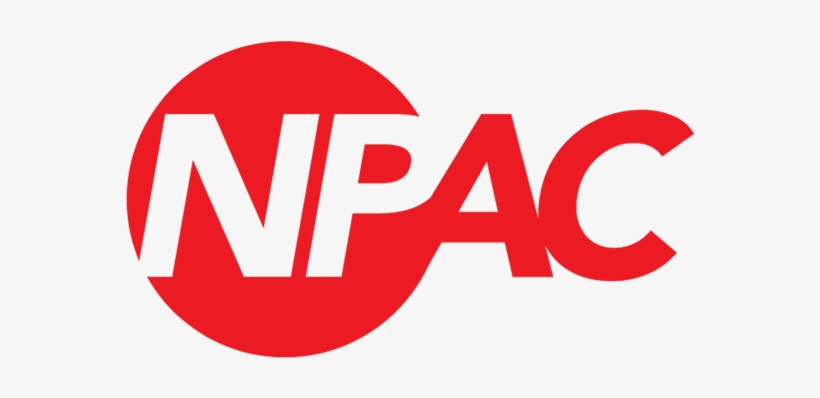WHAT IS THE NPAC?
Today, we take for granted that we can keep our phone numbers when we change communications service providers – something that wasn’t conceivable only two decades ago. However, on account of the Number Portability Administration Center (NPAC), the framework that empowers local number portability in the United States, Canada, and their territories, consumers can openly switch between local service providers and keep their phone numbers.

In 1996, the Communications Industry Services (CIS) division of Lockheed Martin (now Neustar),
actualized the primary NPAC registry, a database to empower local number portability (LNP) in
the United States and later, in Canada. The information provided by this common asset is utilized
to route, rate, and bill calls for phone numbers no longer appointed to the first carrier or
code holder. The NPAC is likewise utilized by providers to perform network support and maintenance
in connection with the provision of telecommunications-related services.
WHAT IS THE NPAC? (CONT.)
The NPAC is a complicated Service Management System (SMS) administered, upheld, and shared
by competing communications service providers. The groundwork of the NPAC lies in its databases.
It merges various communications innovations and is the most complex number portability
framework on the planet.
Number portability is emerging as a worldwide pattern and has been executed in excess of 54
nations and continues to grow. It is a symbol of telecom market transparency. Number portability
is viewed as an essential vehicle in leveling the competitive scene which drives progress for
the industry in an open, worldwide economy.
The NPAC encourages emerging technologies and is the only number portability system that
assists multiple telecommunications technologies in a single archive.
While there are other number portability frameworks on the planet, the NPAC is the largest,
holding more than 500 million phone numbers. The NPAC was the original number portability
framework and has proven to be one of a kind in its ability to react to technological advancements
year after year. The NPAC is responsible for the following telecommunications milestones:
1998: Wireline number porting implemented
1999: Wireline number pooling introduced
2000: Intracarrier porting for network maintenance enacted
2002: Wireless number pooling implemented; started supporting customer technology transfers
2003: Wireless porting between wireline and wireless and wireless intercarrier porting begins
2007: Interconnected VoIP porting commences
2010: IP fields implemented
2011: Single-day simple port porting mandatory for small carriers
Industry competitors work side-by-side as the Local Number Portability Administration Work
Group (LNPA WG) to make recommendations for improvements to local number portability that
mirror the interests of the entire telecommunications industry.
The NPAC is administered by a neutral, third-party organization – the first of which was Neustar.
Now, iconectiv serves as the neutral NPAC Administrator and is trusted to supply competing providers
with fair, equal, and secure access to the NPAC platforms and services. The administrator is governed by a set of checks and balances to ensure this fair and equal treatment, with clauses in place to assign penalties for failure to abide by the pre-determined rules.